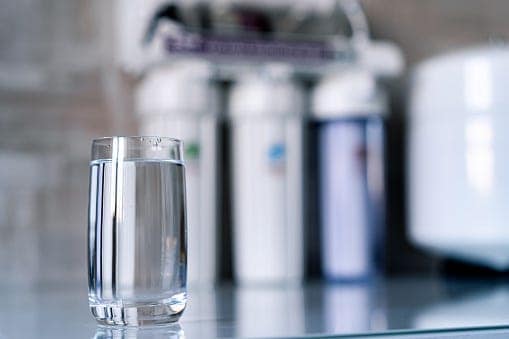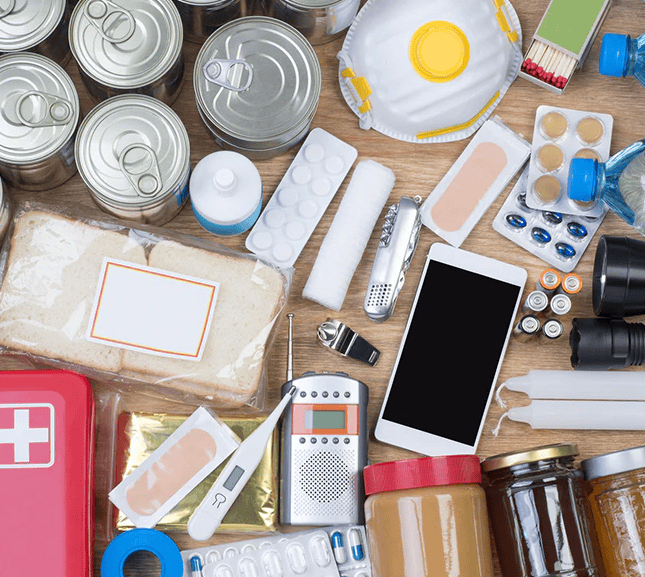How to Store Water for Long-Term Emergency Preparedness
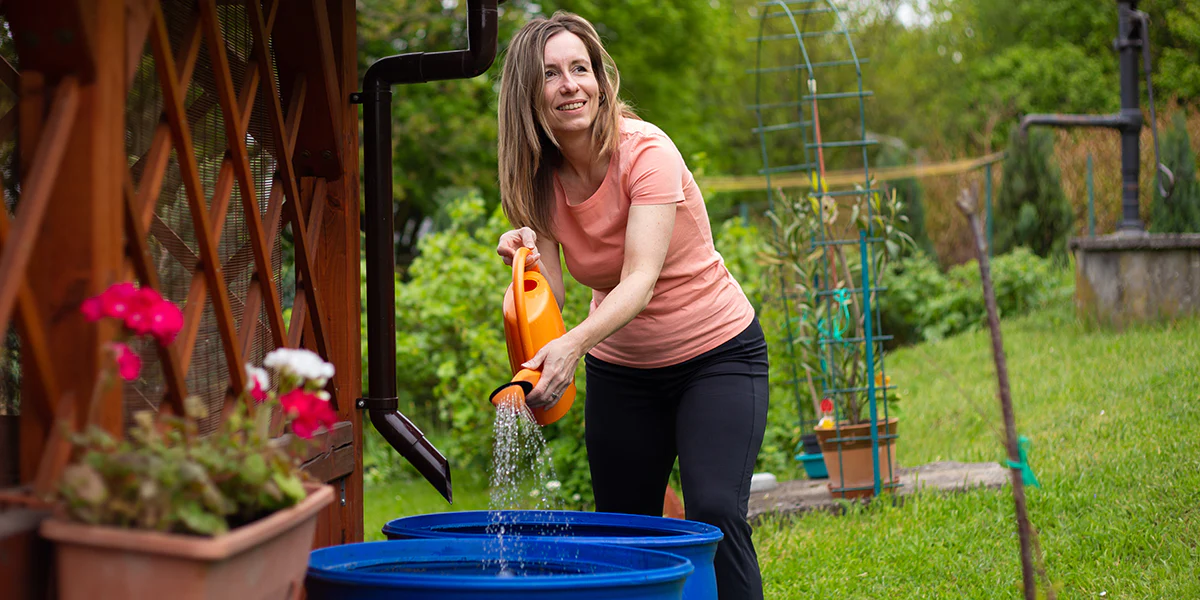
In times of uncertainty, knowing how to store water for long-term emergency preparedness is crucial. Whether facing natural disasters or unforeseen events, having a reliable water supply is essential for survival. By understanding the best practices and methods for long-term water storage, you can ensure your readiness for any situation. Water is a fundamental resource, and proper preparation can make a significant difference when faced with emergencies. Stay informed and equipped to safeguard yourself and your loved ones by mastering the art of how to store water long term.
Understanding Water’s Role
Emergency Importance
Water plays a critical role in emergency preparedness as it is essential for survival in any crisis situation. Dehydration during emergencies can lead to serious consequences, impacting both physical and cognitive functions. It is crucial to proactively plan for water storage to ensure readiness in times of need.
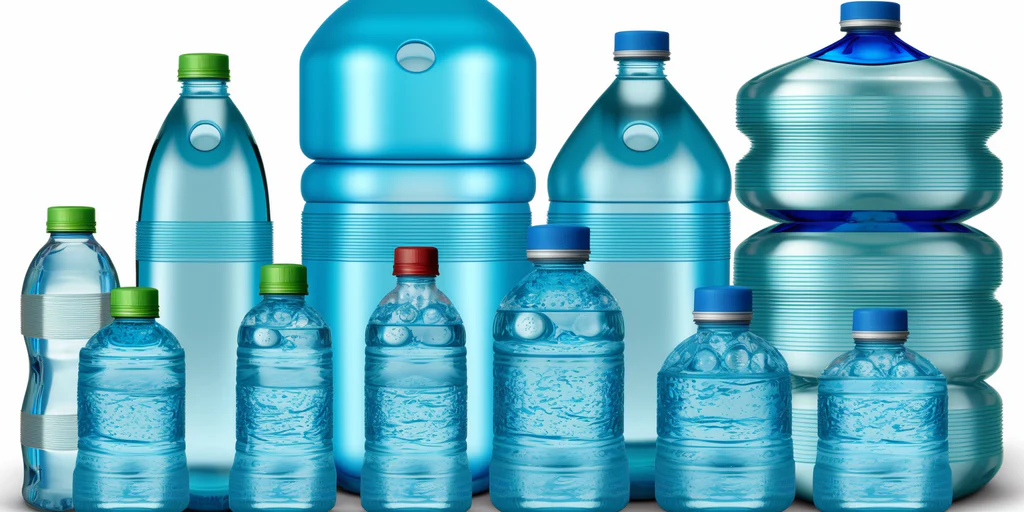
Critical Uses
Hydration
Staying hydrated is crucial during emergencies to maintain overall health and well-being. Signs of dehydration include thirst, dry mouth, and fatigue. To ensure proper hydration levels, it is important to drink water regularly and avoid sugary or caffeinated beverages.
Sanitation
Maintaining proper sanitation is vital for preventing the spread of diseases during emergencies. Poor sanitation practices can lead to contamination of water sources and increased health risks. To uphold sanitation standards, individuals should practice proper hygiene, dispose of waste appropriately, and use sanitizers when necessary.
Recommended Amounts
The recommended daily water intake for individuals varies based on factors such as age, activity level, and environmental conditions. Different age groups have specific water requirements that need to be met for optimal health and hydration. It is essential to consider these factors when planning for emergency water storage.
Container Selection
Material Pros Cons
Selecting the right container for long-term water storage is crucial for emergency preparedness. Plastic containers are affordable and lightweight, making them easy to transport. However, they may not be as durable as metal or glass options. Glass containers are non-permeable and do not leach chemicals into the water, ensuring its purity. On the downside, glass can be heavy and prone to breakage. Metal containers like stainless steel are highly durable and resistant to damage, but they can be more expensive.
When choosing a storage material, consider factors such as durability, safety, and ease of use. For example, plastic containers are suitable for short-term storage due to their lightweight nature. Glass is ideal for long-term storage at home, while metal containers are great for outdoor use or rugged conditions.
Best Containers
55-Gallon Barrels
For those looking to store large quantities of water, 55-gallon barrels are an excellent choice. These barrels are sturdy and can hold a significant amount of water for extended periods. However, handling and moving these barrels can be challenging due to their size and weight. It’s recommended to purchase food-grade barrels from reputable suppliers and store them in a cool, dark place away from direct sunlight.
Portable Solutions
When it comes to on-the-go emergencies or camping trips, portable water storage solutions are essential. Compact containers that are lightweight and easy to carry provide convenience during emergencies. Consider investing in portable water filtration systems to ensure access to clean drinking water wherever you go.
Preparing Water for Storage

Disinfecting Techniques
Chlorine Guide
- Chlorine plays a crucial role in water purification by killing harmful bacteria and viruses.
- The recommended chlorine concentration for safe drinking water is around 2 drops per quart.
- To use chlorine effectively in emergency situations, follow guidelines on proper dosages and contact times.
Calcium Hypochlorite
- Calcium hypochlorite offers benefits for water disinfection due to its effectiveness against various pathogens.
- When using calcium hypochlorite, ensure the correct dilution ratios, typically around 1 teaspoon per gallon of water.
- Safety tips when handling this chemical include wearing protective gear and storing it in a cool, dry place.
Water Bath Sterilization
- Water bath sterilization involves heating water to kill off harmful microorganisms for emergency treatment.
- The process includes steps such as bringing water to a boil and maintaining it at that temperature for a specific duration.
- To ensure the effectiveness of water bath sterilization, use a reliable thermometer to monitor the water temperature accurately.
Storing Your Water Supply
Proper Storage Methods
When storing water for long-term emergency preparedness, use airtight containers like water storage tanks to prevent contamination. Rotate stored water every six months to ensure freshness and quality.
Protecting water from contaminants is crucial. Avoid using containers that previously held chemicals or food items. Store tap water in clean, food-grade plastic or glass containers.
To maintain freshness, consider rotating your water supply every six months. This practice ensures you always have access to clean and potable water during emergencies.
Expedient Collection
Rainwater
Collecting rainwater offers a sustainable solution for emergency use. It provides an additional source of water during crises and reduces reliance on stored supplies.
Harvesting rainwater involves collecting runoff from roofs into storage containers. Filtering rainwater through a fine mesh screen helps remove debris before storage.
Storing rainwater in clean, airtight containers prevents contamination and ensures its suitability for long-term use in emergencies.
Natural Sources
Natural sources like rivers, lakes, and streams can be utilized in emergencies. However, these sources may contain contaminants and pathogens that pose health risks.
Purifying natural water sources through methods like boiling, filtration, or chemical treatment is essential before consumption. This process ensures the safety of the water for drinking purposes.
Maintaining Water Quality
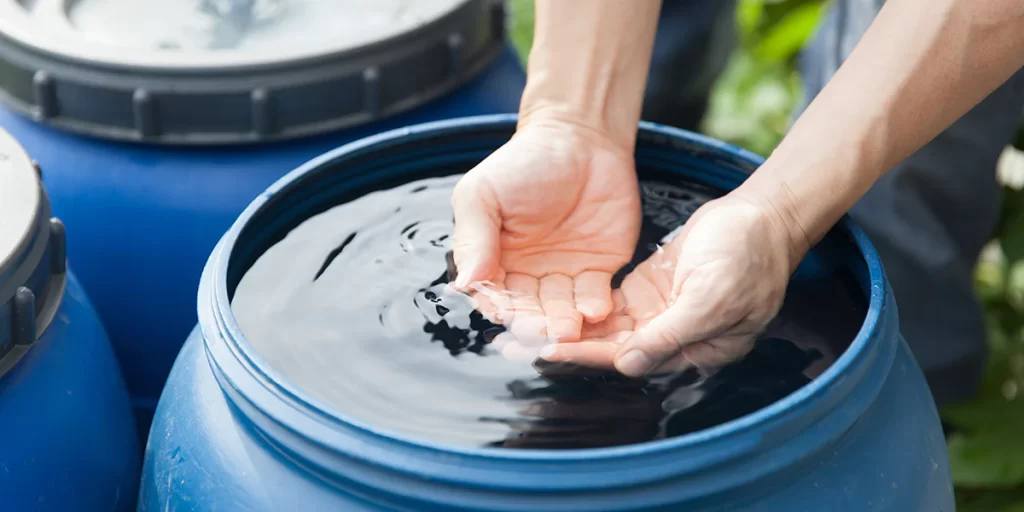
Shelf Life Insights
Stored water has a limited shelf life, typically recommended for 6 months to 1 year. Factors like temperature fluctuations and exposure to sunlight can affect water quality over time. It is crucial to regularly monitor stored water for any changes in taste or odor.
Replacing stored water every 6 months ensures a fresh and safe supply during emergencies. This practice helps mitigate the risk of consuming contaminated or stale water. Regularly rotating supplies also prevents algae growth and bacterial contamination, ensuring a clean drinking source.
Rotating Supplies
Rotation Schedule
Water rotation involves replacing old water with fresh supplies on a regular basis. By rotating stored water every 6 months, you maintain its freshness and safety. This practice also allows you to check for any signs of contamination or degradation in the stored water.
Regularly rotating supplies offers various benefits, such as ensuring access to safe drinking water during emergencies. A sample rotation schedule could involve marking storage containers with dates and replacing them accordingly every 6 months.
Inspection Tips
Inspect stored water containers for any cloudiness, discoloration, or unusual odors, which may indicate contamination. Check for any signs of algae growth or sediment at the bottom of the containers. Visual inspection plays a vital role in identifying potential issues with stored water quality.
Water Usage Strategies
Filtering Before Use
Filtering stored water is crucial before consumption to remove contaminants and ensure safety during emergencies. Various types of water filters, such as activated carbon and ceramic filters, are suitable for emergency use. Regularly maintaining and cleaning these filtration systems is essential to keep them functioning effectively.
Emergency Consumption
Prioritizing Needs
During emergencies, prioritizing water needs is critical for survival. Allocating water resources based on essential needs like drinking, cooking, and hygiene is vital. Planning for efficient water distribution in crisis situations can prevent shortages and ensure everyone’s access to clean water.
Rationing Techniques
Effective water rationing strategies are necessary for prolonged emergencies to make limited supplies last longer. Water rationing can have significant psychological and physical impacts on individuals. Managing water consumption by setting daily limits and utilizing reusable containers can help maintain sustainability.
Advanced Storage Solutions
Innovative Containers
Modern water storage containers offer a range of innovative features to cater to diverse needs. Some containers come with built-in filtration systems, ensuring clean water at all times. Others are collapsible, making them easy to transport during emergencies. Select containers with UV-resistant materials for long-term durability.
Consider investing in stackable water containers that save space and allow for efficient organization. Look for containers with spigots for easy dispensing and handles for convenient carrying. Opt for BPA-free materials to ensure the safety of stored water. Evaluate your storage requirements before choosing the right container size.
Automated Rotation Systems
Automated water rotation systems provide a hands-free approach to managing stored water. These systems automatically rotate water supplies, preventing stagnation and ensuring freshness. By utilizing technology, you can simplify maintenance tasks and enhance the longevity of your emergency water storage.
Embrace automated systems equipped with sensors that monitor water levels and quality. These systems can alert you when it’s time to replenish or replace stored water. With automated rotation, you can maintain a consistent supply of potable water without manual intervention, boosting your emergency preparedness efforts.
Practical Tips and Tricks
Labeling and Documentation
Accurately labeling water storage containers is crucial for long-term emergency preparedness. Clear labeling helps in identifying the contents and expiration dates easily. Include information like the date of storage, purification method used, and expiry date on each container. This ensures safe consumption and rotation of water supplies. When documenting water storage inventory, note down the quantity, location, and expiration dates. Use a spreadsheet or notebook for easy tracking and monitoring of your water reserves.
Accessibility Considerations
Ensuring water accessibility for all individuals is essential during emergencies. Store water in multiple locations throughout your home to make it easily reachable when needed. Consider placing smaller containers in various rooms for quick access. For individuals with special needs, such as children or elderly family members, store water at their eye level for easy retrieval. Accommodate any mobility challenges by keeping water within reach at all times.
Closing Thoughts
In times of crisis, having a reliable water storage system is key. Understanding water’s significance, choosing the right containers, and maintaining water quality are vital steps in ensuring your long-term emergency preparedness. By following the strategies outlined, you can safeguard your water supply effectively. Remember, staying proactive and informed is your best defense against unforeseen emergencies.
Take action today to implement these storage solutions and tips. Your future self will thank you for being prepared and resilient in the face of any adversity. Stay safe, stay ready!
FAQ – Frequently Asked Questions
How important is water storage for emergency preparedness?
Water storage is crucial for emergency preparedness as access to clean water may be limited during disasters. Having a stored water supply ensures you can stay hydrated and maintain proper hygiene when regular water sources are unavailable.
What containers are best for storing water long-term?
Choose food-grade containers like BPA-free plastic or glass containers specifically designed for long-term water storage. Avoid using containers that previously held chemicals or non-food items to prevent contamination of the water supply.
How should I prepare water before storing it for emergencies?
Before storing, treat tap water with bleach or use water purification tablets to kill any bacteria or pathogens. This step helps ensure the water remains safe for consumption during its time in storage.
What are some strategies to maintain the quality of stored water?
Rotate your stored water every 6-12 months to prevent stagnation and ensure freshness. Store containers in a cool, dark place away from direct sunlight to prevent algae growth and maintain the quality of the water.
Are there advanced solutions available for long-term water storage?
For advanced users, consider investing in large-capacity tanks or specialized filtration systems designed for long-term water storage needs. These solutions offer increased capacity and additional features to enhance the safety and longevity of your stored water supply.





